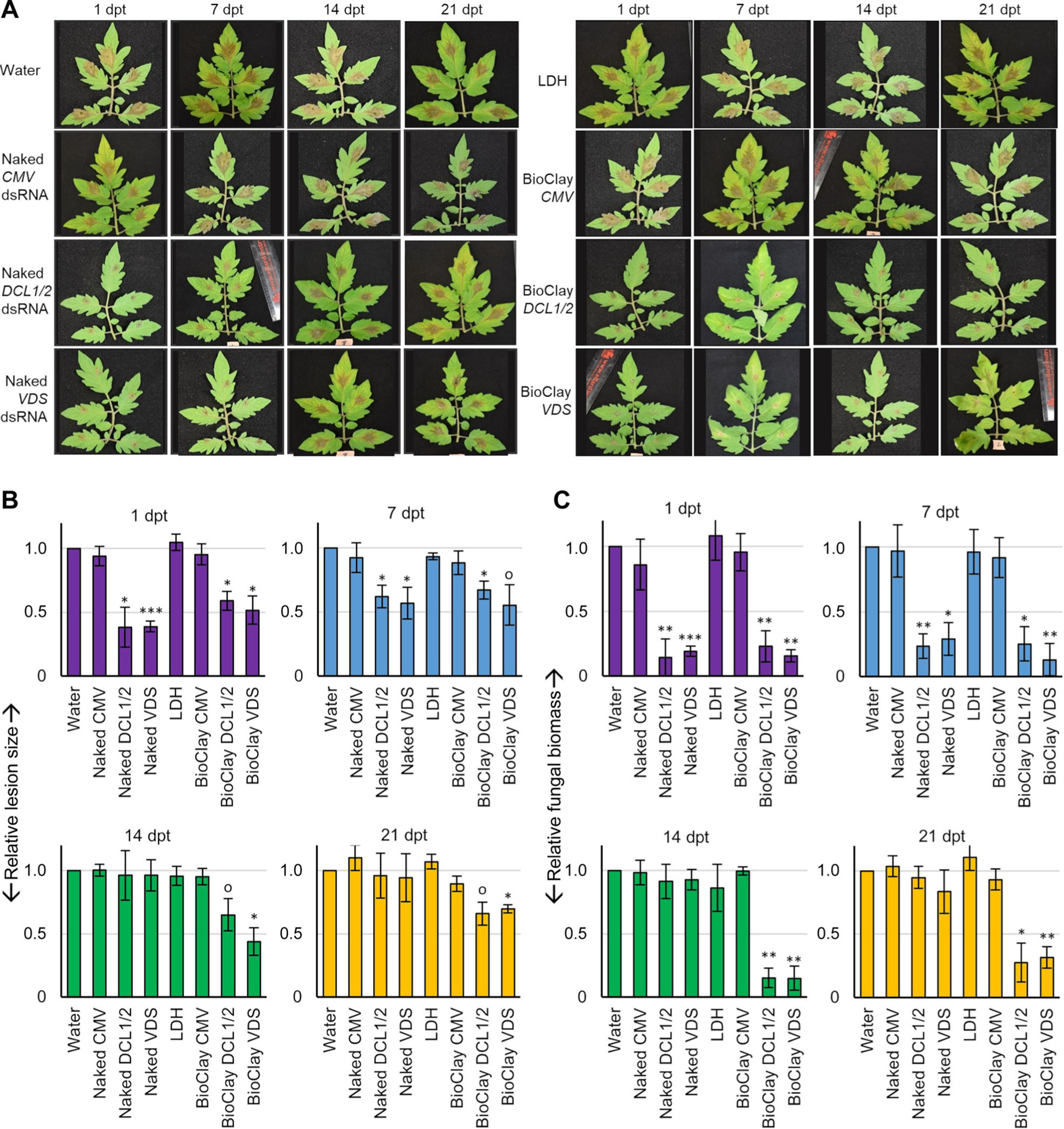Figure 2. BioClay™ application provides a steady inhibition of Botrytis cinerea infection on tomato detached leaves.

(A) Tomato detached leaves were pre-treated with water, naked dsRNA, LDH and BioClay for 1, 7, 14, and 21 d, then inoculated with B. cinerea spores. Pictures were taken at 4 d post inoculation. Representative inoculated detached leaves showed similar lesion sizes in the water control treatment, LDH treatment, CMV treatment (naked or BioClay) and both BcDCL1/2- and BcVDS-targeting naked dsRNA treatments at the later time points (14 and 21 d post treatment (dpt)). Smaller lesion sizes were observed at all time points with BioClay treatments (either BcDCL1/2 or BcVDS) and at the earlier time points (1 and 7 dpt) for the naked dsRNA treatments. (B) Relative lesion size areas were measured 4 d post inoculation on detached tomato leaves with the help of an electronic calibrator, assigning a value of 1.0 to the average lesion size area in the water treatment. (C) Relative fungal biomass was quantified by reverse transcription quantitative polymerase chain reaction (RT-qPCR) in detached leaves inoculated with B. cinerea. Fungal RNA relative to tomato RNA was measured with the fungal actin gene and the tomato actin gene by RT-qPCR using total RNA extracted from each time point (1, 7, 14, and 21 dpt). All measurements were referred to the value 1.0 obtained for the water treatment. Error bars indicate standard deviations (SD) obtained from four to seven biological replicates for the relative measurement of the lesion size area (B) and three biological replicates for relative quantification of fungal biomass (C). Levels of significant differences were determined by a one-way analysis of variance followed by Tukey’s HSD test and are indicated above the bars by (0P < 0.10; *P < 0.05; **P < 0.01; ***P < 0.001).
